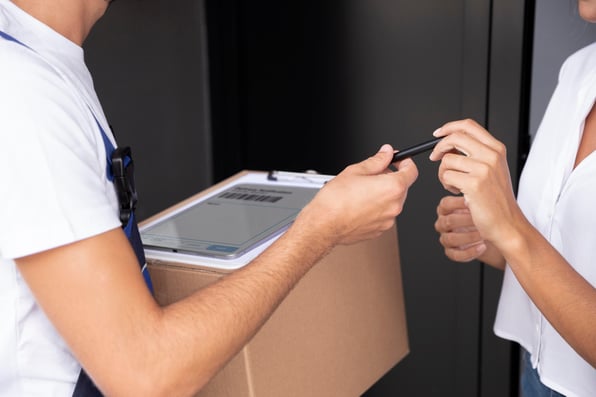
Top 10 Restaurant Health and Safety Best Practices: Creating a Safe and Welcoming Environment for Your Customers
Ciprian Chiripuci

As a restaurant owner or manager, health and safety of your customers should always be a top priority. In today's world, where hygiene and cleanliness have become even more critical, it is essential to establish and maintain best practices to ensure the well-being of everyone who walks through your doors. In this article, we will explore the top 10 restaurant health and safety best practices, offering practical insights and tips to help you create a safe and welcoming environment for your customers. Let's dive in!
1. Employee Training and Education
A well-trained and knowledgeable staff is the foundation of a safe restaurant environment. Provide comprehensive training to your employees on proper food handling, personal hygiene and cleaning procedures. Educate them on potential hazards, such as allergens and ensure they understand the importance of following safety protocols.
2. Regular Cleaning and Sanitization
Maintaining a clean and sanitized establishment is crucial. Implement a regular cleaning schedule for all areas of your restaurant, including dining areas, restrooms and kitchen. Pay special attention to high-touch surfaces such as door handles, menus and tabletops. Use appropriate cleaning products and disinfectants to eliminate germs effectively.
3. Food Safety Measures
Adhere to strict food safety practices to prevent foodborne illnesses. Regularly monitor and maintain appropriate storage temperatures for all perishable items. Follow proper thawing, cooking and cooling procedures to ensure that food is prepared and served at safe temperatures. Implement a first-in, first-out (FIFO) system for food storage to minimize risk of serving expired or spoiled ingredients.
4. Allergen Awareness and Communication
Food allergies are a significant concern for many customers. Train your staff to identify and handle allergens properly, ensuring that cross-contamination is avoided. Clearly label menu items containing common allergens and provide detailed information upon request. Encourage open communication with customers to address their specific dietary needs.
5. Adequate Ventilation
Proper ventilation is essential for maintaining good air quality and reducing spread of airborne contaminants. Regularly inspect and clean your ventilation systems, including exhaust fans and air filters. Consider investing in air purifiers to further improve indoor air quality.
6. Safe Handling of Chemicals
Restaurants often use various chemicals for cleaning and sanitization. Ensure that your staff is trained in the safe handling, storage and use of these substances. Provide them with appropriate personal protective equipment (PPE), such as gloves and goggles, to minimize exposure and prevent accidents.
7. Regular Equipment Maintenance
Malfunctioning equipment can pose a significant risk to both employees and customers. Establish a routine maintenance schedule for all kitchen appliances, refrigeration units and other equipment. Regularly inspect and service these items to prevent breakdowns and potential hazards.
8. Emergency Preparedness
Develop and communicate an emergency response plan to address potential crises such as fires, natural disasters or medical emergencies. Train your staff on evacuation procedures, first aid and the proper use of fire extinguishers. Keep emergency contact numbers readily available and ensure that fire exits are clearly marked and unobstructed.
9. Hygiene Etiquette
Encourage good hygiene practices among your staff to minimize the spread of germs. Emphasize importance of regular handwashing and provide hand sanitizers throughout the restaurant. Display proper handwashing techniques in employee restrooms and encourage employees to stay home if they are feeling unwell.
10. Compliance with Local Regulations
Stay informed about and comply with all local health and safety regulations. Regularly review and update your practices to align with any changes or new requirements. Establish a working relationship with local health department officials to ensure you are aware of any updates or inspections.
Creating a safe and welcoming environment for your customers goes beyond providing delicious food and exceptional service. By implementing these top 10 restaurant health and safety best practices, you can demonstrate your commitment to their well-being. Prioritize employee training, maintain cleanliness and sanitation, follow food safety measures and be prepared for emergencies. By doing so, you not only protect your customers but also contribute to building a positive reputation for your restaurant. Remember, a safe restaurant is a happy restaurant!
Related posts
Here are some resources to help you get more out of your assets


Ciprian Chiripuci
Truck Sealing in Delivery Logistics: Definition, Benefits and Best Practices

Ciprian Chiripuci
Mastering that Last Mile
READY TO TALK?